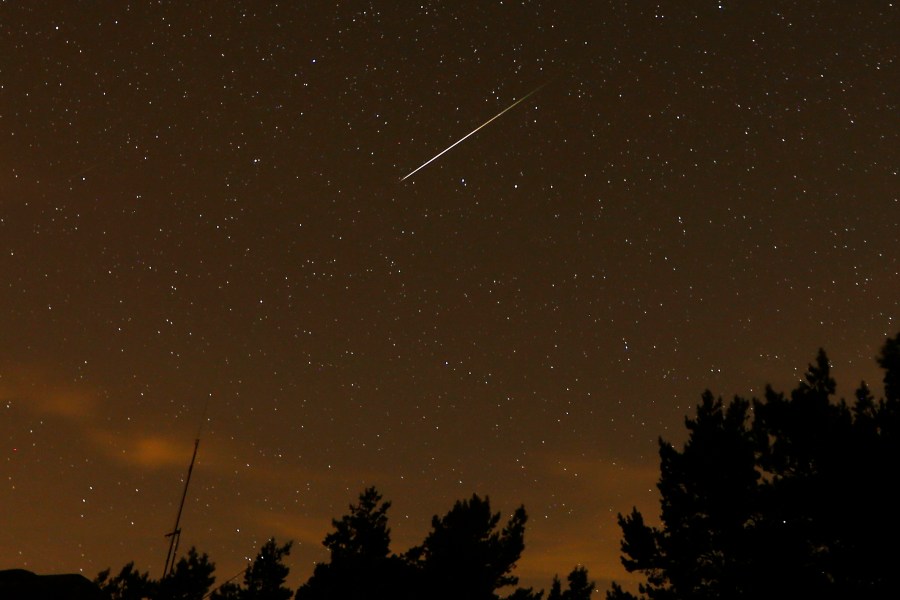The Perseid Meteor Shower Begins: A Spectacular Night Sky Event
The Perseid Meteor Shower, one of the most anticipated celestial events of the year, has officially begun in the northern hemisphere. This annual phenomenon offers stargazers a chance to witness stunning fireballs and long trails of light streaking across the night sky. Known for its brilliance and frequency, the Perseids are a favorite among astronomy enthusiasts.
The shower started on Thursday night and will remain visible until August 23. Its peak is expected around August 12 and 13, when observers can expect to see between 50 to 100 meteors per hour. These meteors, often referred to as shooting stars, move swiftly through the atmosphere, leaving behind vibrant trails that can last longer than typical meteor streaks.
What Makes the Perseids Unique?
The Perseid Meteor Shower is particularly famous for its fireballs—meteors that shine brighter than Venus. These fiery streaks travel at an incredible speed of about 37 miles per second as they enter Earth’s atmosphere. The fireballs originate from larger particles of the 109P/Swift-Tuttle Comet, which was discovered in 1862. This comet is twice the size of the one believed to have caused the extinction of the dinosaurs.
These meteors have an apparent magnitude of -3, making them significantly brighter than most other meteors. For reference, the full moon has an apparent magnitude of around -10, while the sun measures at -26.7. This means the Perseids can be easily spotted even in moderately dark skies.
Best Times and Tips for Viewing
NASA recommends that the best time to view the Perseids is during the pre-dawn hours in the Northern Hemisphere. However, it is also possible to catch some meteors as early as 10 p.m. If you miss the peak, don’t worry—viewers can still enjoy the shower in the nights leading up to and following the peak.
To make the most of your viewing experience, consider the following tips:
- Find a dark area with an open sky: Light pollution from cities and streetlights can significantly reduce visibility. Choose a location away from urban areas for the best view.
- No equipment needed: You don’t need any special tools to observe the Perseids. The naked eye is sufficient, though binoculars can enhance the experience.
- Allow your eyes to adjust: Spend about 20 minutes in the dark to let your eyes become accustomed to the night sky.
- Use a red light: A red light helps preserve your night vision while allowing you to navigate your surroundings without disrupting your eyes’ adjustment.
- Bring comfort: Pack a comfortable chair or blanket and dress warmly if the weather is cool.
- Use a stargazing resource: Consider using a star map or attending a local stargazing event to help identify constellations and other celestial features.
Whether you’re a seasoned astronomer or a casual observer, the Perseid Meteor Shower offers a breathtaking display of cosmic beauty. With the right preparation and a clear sky, you’re sure to enjoy this spectacular natural event.







